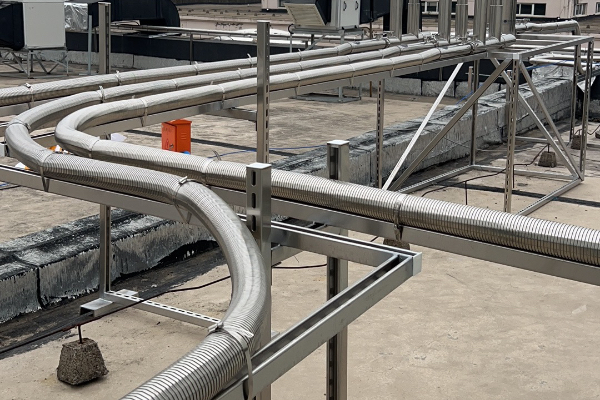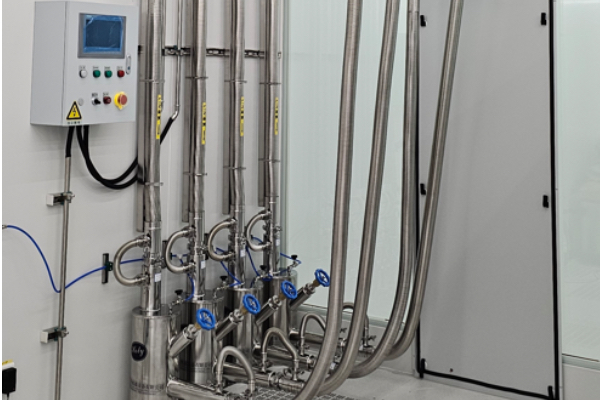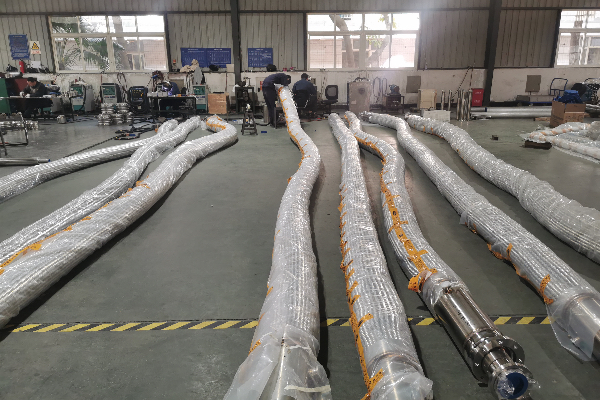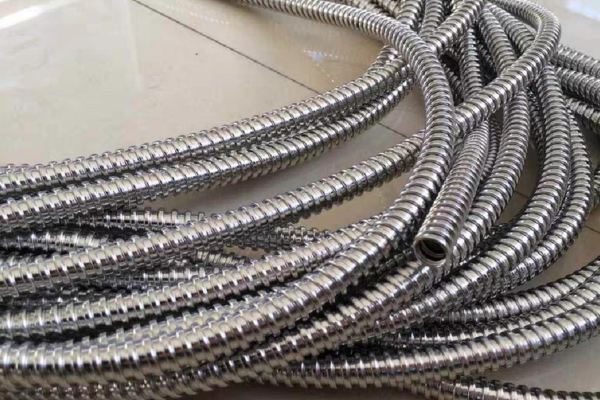In car manufacturing, speed, precision, and reliability aren’t just goals—they’re survival requirements. Over the past few years, cryogenic equipment, such as Vacuum Insulated Pipes (VIPs) or Vacuum Insulated Hoses (VIHs), has moved from niche sectors like aerospace and industrial gas into the heart of automotive production. The shift is being driven by one breakthrough in particular: cold assembly.
If you’ve ever dealt with press-fitting or heat expansion, you know the risks. These traditional techniques can create unwanted stress in alloys, precision bearings, or other sensitive parts. Cold assembly takes a different route. By cooling components—often with liquid nitrogen—they shrink slightly. This makes it possible to fit them into place without forcing them in. Once they warm back to normal temperature, they expand and lock in with perfect precision. The process reduces wear, prevents heat distortion, and consistently delivers cleaner, more accurate fits.
Behind the scenes, a surprising amount of infrastructure keeps this running smoothly. Vacuum Insulated Pipes (VIPs) carry cryogenic liquids from storage tanks across the plant, losing almost none of their cold along the way. Overhead Vacuum Insulated Pipe (VIP) lines feed entire production zones, while Vacuum Insulated Hoses (VIHs) give technicians and robotic arms flexible, mobile access to liquid nitrogen exactly where it’s needed. Cryogenic valves fine-tune the flow, and insulated dewars keep the nitrogen ready for use without constant refilling. Each part—Vacuum Insulated Hoses (VIHs), Vacuum Insulated Pipes (VIPs), valves, and storage—has to perform flawlessly in high-speed, high-volume manufacturing.
The benefits stretch far beyond assembly itself. Cold treatment for gears, bearings, and cutting tools can make them last longer and perform better. In EV manufacturing, Vacuum Insulated Pipes (VIPs) supply cooling for battery parts where adhesives and materials can’t handle heat. Meanwhile, Vacuum Insulated Hoses (VIHs) make it easy to adapt the system to different assembly layouts. The result is fewer defects, lower energy use, and more consistent production quality.
As carmakers shift to lighter materials and tighter tolerances, cryogenic equipment is becoming a core part of the toolkit. Cold assembly isn’t a passing trend—it’s a smart, sustainable way to achieve precision without slowing production. Those who invest in VIPs, VIHs, and other cryogenic systems today are setting themselves up to lead the industry tomorrow.
Post time: Aug-18-2025










